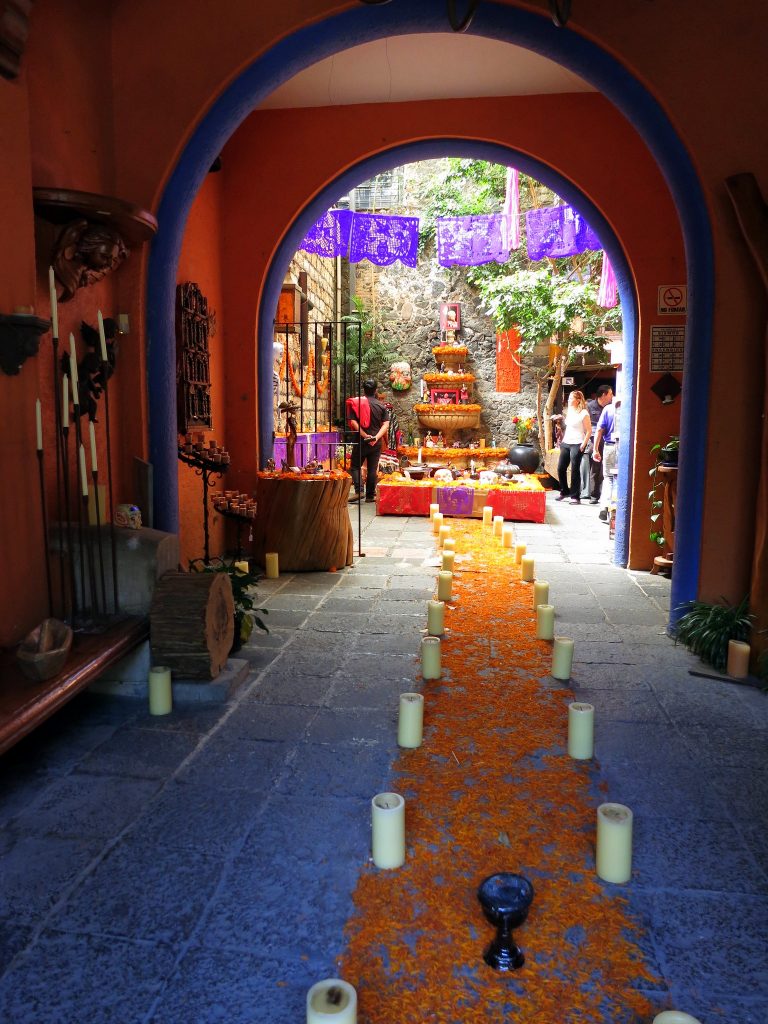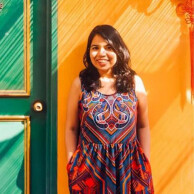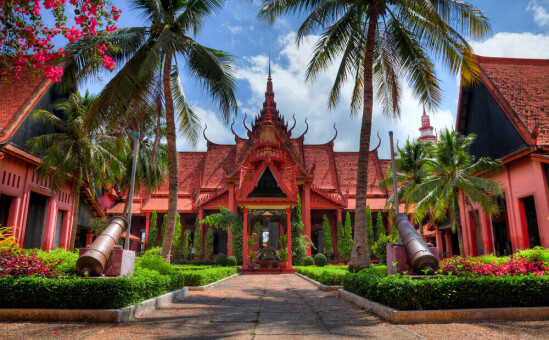A guide to Día de los Muertos in Mexico
Día de los Muertos, or Day of the Dead, is one of the biggest cultural fiestas in Mexico, known for its unique festivities celebrating dead family members.

Día de Los Muertos also popularly known as the Day of the Dead is a day celebrated in Mexico to pray for the departed souls of family members. Although there is a lot of debate whether the festival has pre-Hispanic roots or comes from Spanish roots, the festival has come to be associated with Mexican culture and heritage and has also gained recognition from UNESCO.
People often confuse Día de Los Muertos with Halloween, but except for the common theme of death, the two festivals do not share much. Día de los Muertos demonstrates the love and respect that people have for the departed souls. With parades and parties taking over Mexico’s cities, people sing and dance and make offerings to remember the ones they have lost.
Historical & cultural significance of Día de los Muertos
With its history dating back thousands of years, Día de los Muertos is said to have its origins with the Nahua People whose culture did not mourn the dead. They believed that mourning the dead was disrespectful and considered death as a continuum of life. The dead were treated as members of the community who returned to earth temporarily during Día de los Muertos to be celebrated.

Today the festival is celebrated as an extension of this philosophy and is a combination of pre-Hispanic rituals and Christian traditional feasts. It is usually celebrated on the 1st and 2nd of November across Mexico and other countries of Mexican heritage. Each community has a separate set of rituals and traditions they follow, which are based on their specific pre-Hispanic roots.
How is Día de los Muertos celebrated
Mexicans celebrate Día de los Muertos by building altars at home or in cemeteries for welcoming the spirits of the departed members of their families. These altars are in no way similar to the ones that are used for worshipping and are built for the very purpose of this celebration. The altars are then loaded with food, drinks, candles, gifts and even toys, keeping the choices of the departed souls in mind. Small pathways are created with petals of marigold which are thought to guide the spirits to and from the altar back to the grave.

In recent times, the festival has also come to be associated with Calaveras which are short, humorous, often sarcastic poems that were written as epitaphs on tombstones or published in the newspapers in the late 18th and early 19th centuries. These literary epitaphs have become a part of the Día de los Muertos celebrations, published in the local newspapers, being read out aloud at events or broadcast on television.
You will also find sugar skulls, also known as calaveras, being sold at many local stalls during the festival. These Día de los Muertos skulls are pressed into moulds and colored with crystalline colors. This tradition was originally brought to Mexico by the Christian missionaries and has since then become an important part of the festival.

The locals also mark this day by baking sugar bread especially for this occasion. The Pan de Muerto or Bread of the dead as it is popularly known is often decorated with bones and skulls carved from the dough. The bread is then decorated with various symbols like teardrops depicting sorrow or bones arranged in circles symbolizing the circle of life.
The Día de los Muertos outfits are also quite unique. The locals dress up as skeletons or paint their faces like skeletons. There is live music, concerts, bike rides, and other celebratory activities to go with the traditional ceremonies.
Where to celebrate Día de los Muertos in Mexico
The best way to experience the culture and enthusiasm of the locals in celebrating Día de Muertos is to participate in the parades. In Mexico City, the Day of the Dead Parade starts at the Estela de Luz Monument and ends at the main square of Mexico City called Zocalo Plaza. Get there early and get yourself a place in front of the parade for a unique experience.

Oaxaca is also one of the most notable cities to visit if you are looking to celebrate Día de Muertos the traditional way. There is a certain hype that surrounds this city when it comes to The Day of the Dead celebrations and fortunately for us, it totally lives up to the hype. Visit the Centro Historico in the Downtown area and walk around to experience the festival in all its splendor. This UNESCO World Heritage Site is decorated in the most beautiful manner for the celebrations. The Jalatlaco Area is particularly famous for the restaurants and bars operating on the theme of the Day of The Dead.

Oaxacans are indulgent people and would love for you to participate in the festivities with them. Just make sure to take their permission before you participate or click any pictures. The whole town turns into a huge party for the festival and you joining them would only add to their merry-making.
In Cancun, while the weather during this time is perfect for a beach holiday, we highly recommend you take a break and head to the town centre. In the city, there is live music, local stalls selling food and drinks, traditional sweets made with Mexican Cacao, souvenirs and trinkets to carry back home, and plenty of knick-knacks at local flea markets and shops. But if you want to experience something more traditional, one of the best places to visit in Cancun is the ‘Bridge to Paradise’ Mexican Cemetery which is designed on Mayan and Mexican Folk art motifs.
What to expect during Día de los Muertos
When in Mexico during Día de los Muertos, expect a lot of bonfires, dancing and feasting wherever you go. If you come from a culture where the departed are deeply mourned, please keep in mind that the people of Mexico too respect their departed souls. Their way of celebrating the spirits of the departed may be different but that does not go to say that their loss is not deeply felt. Another thing to remember is that Día de los Muertos is not the Mexican version of Halloween despite their similarities. Each family may have a different way of honoring the spirits of their departed so keep an open mind if you’re traveling to Mexico during this time of the year.

While many cultures consider death as a taboo and a topic not to be discussed, the Mexican culture treats it as a natural part of the human experience just like birth. It is believed that even though the souls of the departed cannot be seen during the celebrations, their presence is felt by the family members. Día de los Muertos in Mexico is celebrated with much fanfare and enthusiasm, so if you happen to drive by or be in Mexico around this time of the year, make sure that you make time to attend one of the most unique cultural festivals of the world.






